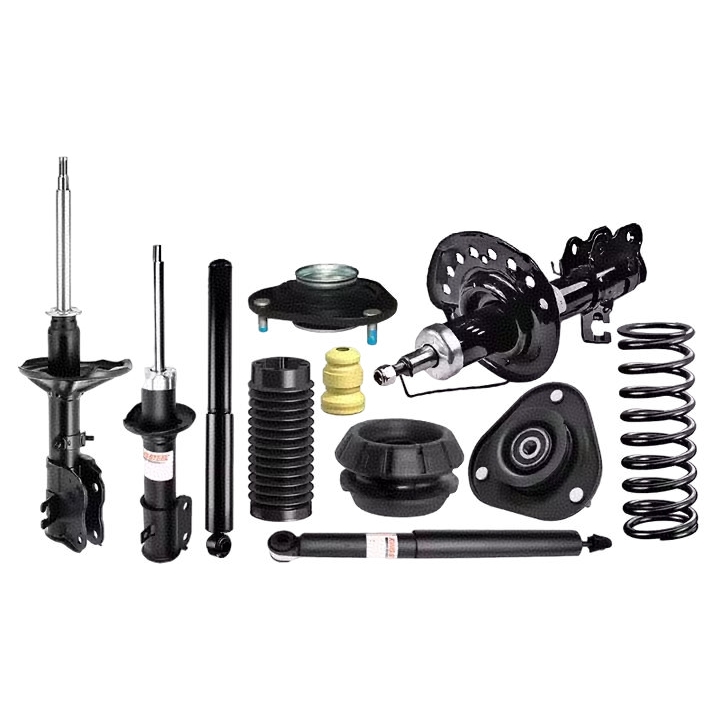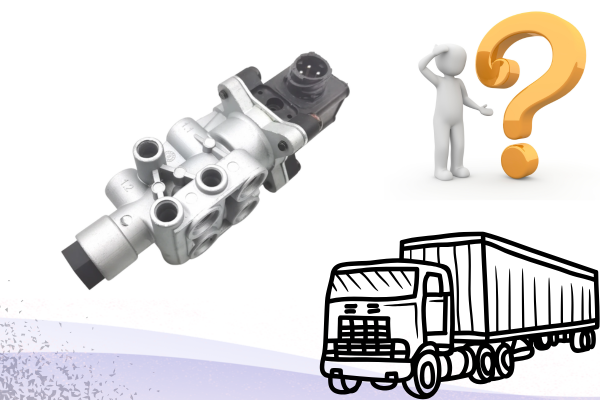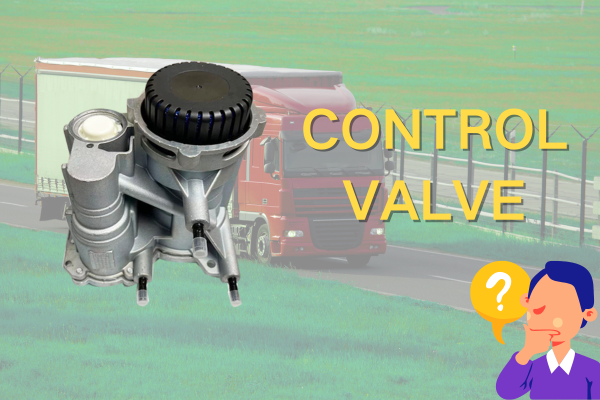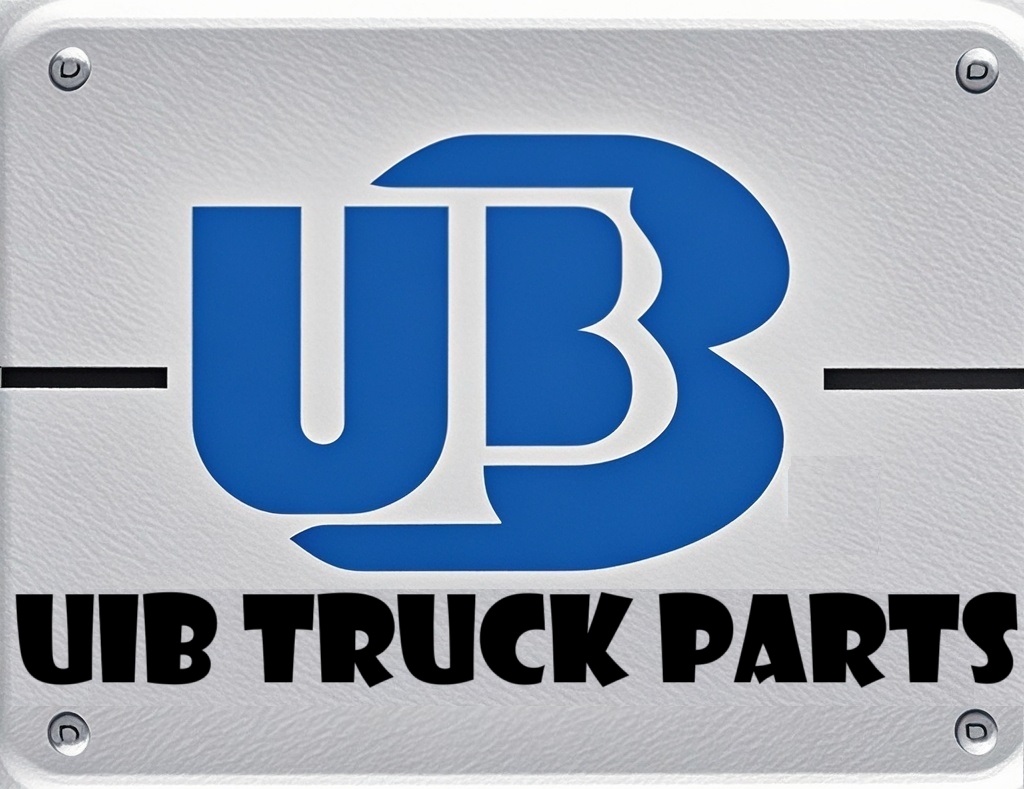About Us
Truck Shock Absorbers: Key to Performance and Maintenance, Do You Really Understand Them?
Views : 159
Update time : 2025-06-23 18:10:27
In the truck chassis system, shock absorbers are key components affecting driving comfort, handling stability, tire life, and chassis reliability. This article professionally analyzes their structure, principle, types, performance parameters, and maintenance key points.

I. Structure and Working Principle
(一) Core Structure
- Cylinder Barrel: High-strength seamless steel tube filled with hydraulic oil
- Piston and Piston Rod: Separate the cylinder chambers and transmit vibration energy
- Valve System: Includes compression valves, extension valves, etc., controlling oil flow to generate damping
- Sealing Device: Prevents hydraulic oil leakage
(二) Working Mechanism
Based on the liquid damping principle, wheel vibration drives the piston to reciprocate in the cylinder, and hydraulic oil generates damping force through valves to absorb vibration energy:
- Compression Stroke: The piston presses down, and oil flows upward through the compression valve to suppress vehicle body lifting.
- Extension Stroke: The piston moves upward, and oil flows downward through the extension valve to prevent excessive wheel rebound (extension damping force is greater than compression damping force).
II. Main Types
(一) Double-Acting Tubular Type
- Generates damping in both compression and extension strokes, with simple structure, low cost, and convenient maintenance, suitable for various trucks.
(二) Gas-Charged Type
- A floating piston in the cylinder separates hydraulic oil from high-pressure nitrogen to compensate for oil volume changes.
- Excellent damping characteristics and anti-foaming performance, suitable for heavy-duty and off-road trucks.
(三) Adjustable Type
- Manual Adjustment: Knob changes valve opening.
- Electronic Adjustment: Sensors + electronic control unit automatically adjust damping to adapt to different working conditions.
III. Key Performance Parameters
- Damping Coefficient: Damping force per unit velocity, requiring matching according to vehicle type and road conditions.
- Operating Temperature Range: High-quality products can reach -40°C to +120°C, preventing oil viscosity reduction and cavitation.
- Maximum Working Pressure: Avoids seal damage and cylinder deformation.
- Durability: Verifies service life through fatigue, impact, and high-temperature aging tests.
IV. Maintenance Key Points
- Regular Inspection: Check for oil leakage and loose connections, and replace damaged parts in a timely manner.
- Gas-Charged Maintenance: Regularly inspect and replenish nitrogen pressure.
- Load Control: Avoid overloading to reduce shock absorber load.
- Road Condition Management: Reduce speed on harsh roads to minimize impacts.
- Installation Specifications: Operated by professionals to ensure correct installation.
V. Development Trends
- Intelligence: Electronic control automatically adjusts damping to adapt to different working conditions.
- Lightweight: New materials reduce weight and improve fuel economy.
- Long Life: Optimized design and manufacturing processes extend service life.
- Low Noise: Reduces working noise and enhances driving comfort.
The performance of truck shock absorbers is directly related to the comprehensive performance of vehicles. Mastering professional knowledge and doing a good job in maintenance can effectively improve their service life and vehicle performance. Future technological innovations will continue to promote shock absorbers to develop in a more intelligent and durable direction.
Related News
 Revealing Three Little-Known Facts About Trucks
Revealing Three Little-Known Facts About Trucks
Aug 06,2025
This article presents three little-known facts about trucks, including that the cab can be flipped for engine maintenance, the rearview mirrors are equipped with defrosting and deicing functions, and the small tank next to the fuel tank is an urea tank which is crucial for environmental protection. It helps readers understand the secrets behind truck designs and functions.
 Control Valve: The "Key Steward" in Truck Engines
Control Valve: The "Key Steward" in Truck Engines
Aug 05,2025
This article introduces the role of the control valve in the diesel pump, including controlling fuel quantity and stabilizing pressure; lists symptoms when it malfunctions, such as weakened power and increased fuel consumption; provides maintenance methods, and illustrates through cases that paying attention to the control valve can avoid unnecessary expenses.
 Control Valve: The "Invisible Commander" of Truck Power
Control Valve: The "Invisible Commander" of Truck Power
Aug 05,2025
The control valve is an indispensable core regulating component in the truck power system. Although it hides inside the machinery and keeps a low profile, it relies on its powerful functions to precisely command the rhythm of power output, comprehensively ensure driving safety, and intelligently adapt to various working conditions. With sophisticated design techniques and durable material selection, it can achieve a perfect balance between power and efficiency in various complex scenarios, and can be called the invisible cornerstone supporting the efficient and stable operation of trucks.
 Truck Snow Chains: Safety Guarantee on Icy and Snowy Roads
Truck Snow Chains: Safety Guarantee on Icy and Snowy Roads
Jul 28,2025
This article elaborates on truck snow chains, including their important role on icy and snowy roads, applicable scenarios, selection methods, installation steps, and usage precautions. It aims to provide references for truck drivers to drive safely in icy and snowy weather and reduce accidents caused by slippery roads.
